Trailblazers: Celebrating Early LGBTQ+ Representation in Film and TV
Photo by Tima Miroshnichenko
While queer representation in modern media has made great strides, it's important to recognize the groundbreaking works that came before and opened doors for authentic LGBTQ+ stories to be told. These older films and shows may seem tame by today's standards, but they were revolutionary in their time for giving visibility to marginalized identities and experiences.
Let's look back at some of the pioneering projects that helped pave the rainbow road:
The Rocky Horror Picture Show (1975)
This cult classic celebrated sexual liberation and gender nonconformity through its campy, transgressive plot and characters like the sweet transvestite Dr. Frank-N-Furter. While its depictions were over-the-top, Rocky Horror normalized queer identities in a way few mainstream films had before.
Grey Gardens (1975)
This documentary about the reclusive Edith Bouvier Beale and her daughter offered a fascinating, humanizing glimpse into two unconventional women embracing their eccentricities outside of societal norms. Their bond transcended traditional family roles.
Paris Is Burning (1990)
Jennie Livingston's landmark documentary spotlighted the fierce queers of Harlem's underground drag ball scene in the 1980s. It celebrated chosen families and the self-expression of Black and Latinx LGBTQ communities.
The Celluloid Closet (1995)
This groundbreaking documentary exposed the history of stereotyping, censorship, and discrimination that queer stories faced in mainstream Hollywood films for decades. While celebrating rare positive depictions, it highlighted how LGBTQ+ people were largely rendered invisible or depicted as deviants on screen for generations. For many older LGBTQ+ viewers, the film reminds them of the struggles for authentic representation that pioneering artists and advocates endured.
Will & Grace (1998)
Will & Grace was a groundbreaking sitcom with positive LGBTQ+ representation. It portrayed multidimensional queer characters, addressed LGBTQ+ issues with humor and warmth. The increased visibility helped with mainstream acceptance of gay people, and greatly improved public understanding. Finally, everyone realized that they did, indeed, have a gay person in their lives.
Hedwig and the Angry Inch (2001)
John Cameron Mitchell's groundbreaking musical dramedy centered on Hedwig, a transgender punk singer, and her complex personal journey. It explored themes of identity, gender, and sexuality with heart and humor.
The Original Queer Eye for the Straight Guy (2003)
Though played for laughs at times, this original makeover show starring the "Fab Five'' brought charismatic, successful gay men into mainstream pop culture in an approachable way. It helped destigmatize LGBTQ+ visibility.
Glee (2009)
For all its flaws, this high school musical series featured several LGBTQ+ characters, including fan favorite Kurt Hummel, whose coming-out story resonated with many viewers. It was one of the first shows to prominently feature queer youth characters.
RuPaul's Drag Race (2009)
This iconic reality competition put the art of drag into the mainstream spotlight like never before. By celebrating drag performers of all backgrounds, it exposed wider audiences to the vibrancy and significance of queer culture.
While far from perfect representations, these older works were important first steps in the ongoing journey toward authentic, multidimensional depictions of LGBTQ+ lives on screen. They created space for the rich, diverse queer stories we're seeing more of today. We can appreciate how far we've come while honoring the trailblazers who got us here.
Here are several notable examples of recent and upcoming projects that showcase LGBTQ+ characters and narratives:
Begin Your Journey with an LGBTQ Identified Therapist Today


